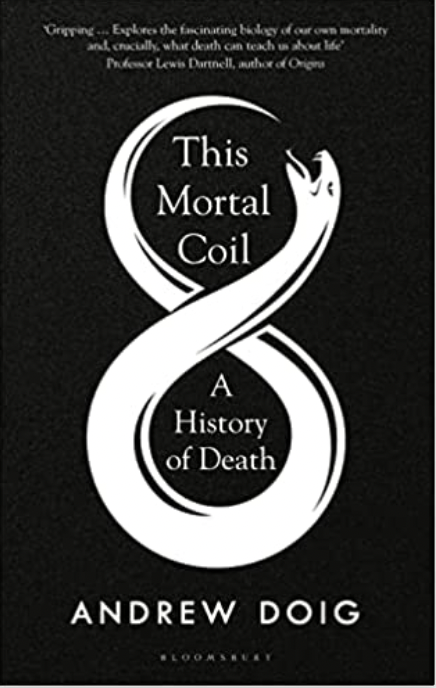
History of mortality


University of Manchester biochemistry Professor Andrew Doig provides an eye-opening portrait of death throughout history, looking at infectious diseases, genetic disease, violence, and diet, who they affected, and the people who made it possible to overthrow them. We also hear about the long and torturous story of the discovery of vitamin C and its role in preventing scurvy: the Irish immigrant who opened the first washhouse for the poor of Liverpool and educating the public on the importance of cleanliness in combating disease and the Church of England curate who, finding his new church equipped with a telephone, started the Samaritans to assist those in emotional distress. Mortality has changed irrevocably over time. Only a few centuries, we have gone from a world where disease and violence were likely to strike anyone at any age, and where famine could be just one bad harvest away to one wherein many countries excess food is more of a problem than a lack of it. Why have the reasons we die changed so much?
Today, 30 is the age when rehearsal stops, and serious life begins. Since the early 1800s in western Europe for each day that passes life expectancy increases by another 5 hours.
The Mortal Call reveals the growing medical knowledge and social organisation, of achievement, look to the future of promise, an account on the causes of death.
Told in the five acts of Shakespearean tragedy, Andrew reveals the vulnerabilities and vices, from typhoid to tobacco. Ten thousand years ago, we have contracted diseases that were never native to our species: Plague, smallpox, and malaria. In the 14th century, the black death killed up to 60 per cent of the European population, with the advances in sanitation and vaccines, and antibiotics, infectious diseases appeared to have receded and non-communicable diseases like heart attack and stroke soared as sugary, salty, and fatty snacks are an arm’s length away. We are therapeutically protected against most infections, smoking has dropped considerably since Richard Doll established a causal link with lung cancer in 1950, cars have become safer, genetic diseases can be screened before birth and even cardio-vascular deaths have halved in England since 2001. Doig explains chromosomal abnormalities and how mutations in DNA lead to cancer. He also mentions the history of Samaritans phone line, set up by a Church of England curate in the 1950s which improved suicide rates in Britain and beyond. John Snow’s identification of the Broad Street pump water supply as a source of cholera in 19th century London, and Edward Jenner’s 1796 experiment with a milkmaid whose cowpox pustules were sampled to create one of the world’s earliest vaccines.
However, Doig does not mention the holocaust nor eugenics, or euthanasia but mentions HIV/ Aids in a passing remark.
A century ago people died mainly from infectious diseases, while today the leading causes of death in industrialised nations are heart disease and stroke.
Our aging population needs greater social dignity and practical support.
The Mortal Coil: A History of Death by Andrew Doig, Bloomsbury, £25, 384 pages.
